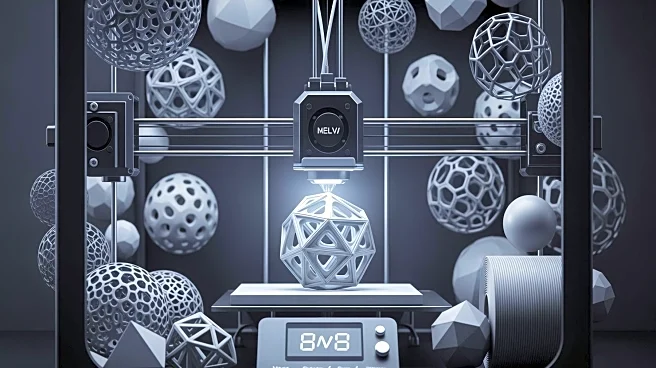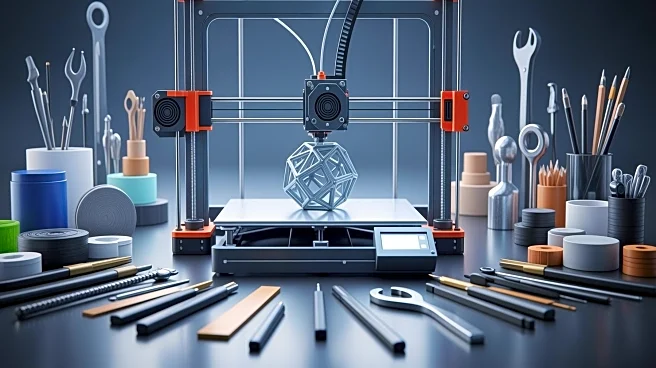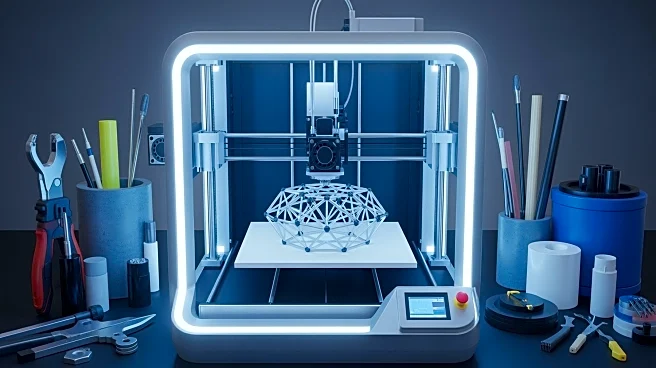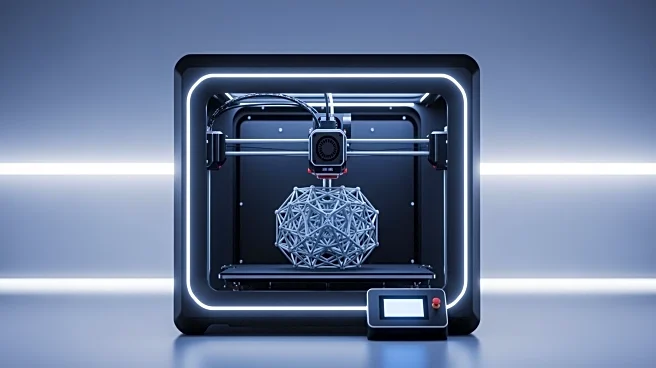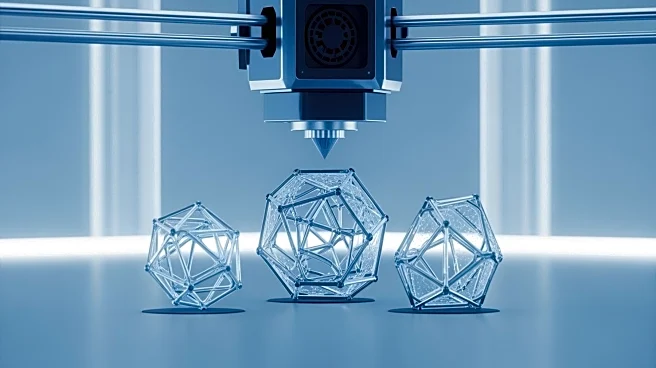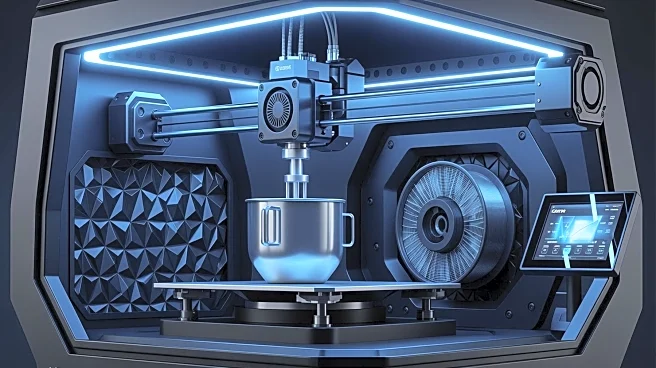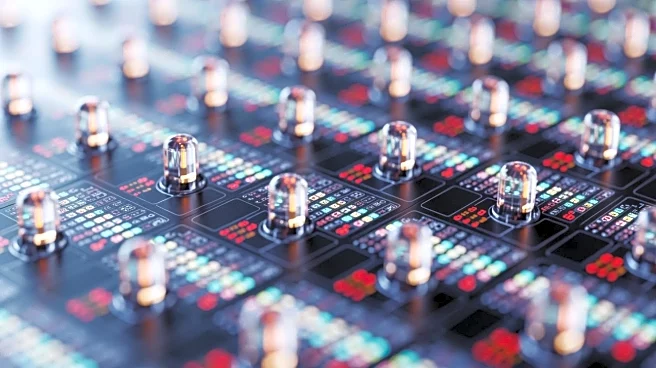What's Happening?
Additive manufacturing (AM) is increasingly becoming a fundamental component of modern production processes across various industries, including aerospace, medical, automotive, and consumer electronics.
This shift is highlighted by the integration of 3D-printed components, such as the titanium USB-C port in Apple's new iPhone Air. Unlike traditional manufacturing, which relies heavily on tooling, AM allows for the creation of components directly from digital files, eliminating the need for molds, dies, or fixtures. This 'tool-less' approach enables faster iterations, lighter parts, and greater design freedom, significantly reducing lead times and costs associated with retooling. AM is also solving supply chain challenges by allowing manufacturers to produce legacy and spare parts on demand, thus maintaining production continuity without the need for extensive inventories or reverse engineering.
Why It's Important?
The adoption of additive manufacturing represents a significant shift in production methodologies, offering strategic advantages to companies facing rapid changes in market demands. By reducing reliance on traditional tooling, manufacturers can respond more swiftly to design changes and market needs, enhancing their competitive edge. This transition not only reduces production costs and lead times but also supports sustainability efforts by minimizing waste and enabling localized production. Industries that adopt AM can maintain service for older product lines and produce specialized components economically, which was previously unfeasible. As AM becomes more integrated into production processes, it is expected to redefine manufacturing standards and practices, offering a blend of traditional and digital manufacturing benefits.
What's Next?
As additive manufacturing continues to gain traction, companies are likely to expand their use of AM technologies, starting with low-risk, high-impact applications such as jigs, fixtures, and assembly aids. The transition to AM will require manufacturers to develop digital skills, including CAD and simulation expertise, to fully leverage the technology's potential. Hybrid manufacturing approaches, combining additive and subtractive methods, are expected to become more prevalent, offering a balance of design freedom and precision. As the technology matures, partnerships with experienced technology providers will be crucial for successful integration. The ongoing evolution of AM will likely lead to further innovations in materials and processes, driving continued improvements in efficiency and product quality.
